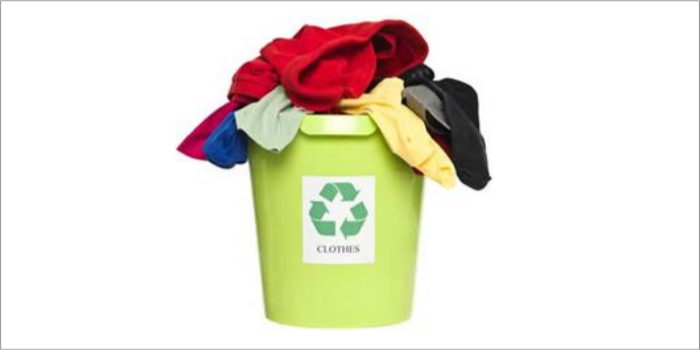
Sustainability through textile recycling
Textile value chain is one of the worst solid waste generator and liquid effluent discharger. Polyester is the largest consumed textile fibre and owing to its non-biodegradability poses major eco concern. Recycling provides feasible option of reduction at source and consumption of waste, say Dr Ashok Athalye and Aakriti Mohanty.
The growing population, increase in per capita textile
consumption and the fast fashion is considered to adversely affect the ecology.
The depletion of natural resource, water and energy intensive processing and
piling-up of solid waste is a major concern in terms of sustainability. With
the rise in fast fashion, the lifespan of textile goods is reduced as its usage
is subject to trend and style. While quick turnover rate is a growth driver for
this industry, it also contributes to over-consumption of garments and is a
major contributor to the textile waste generation.
It is estimated that by 2030 the textile industry’s water
consumption will reach 118 billion cubic meters, its carbon footprint will
increase to 2,791 million tons, and the amount of waste it generates will reach
148 million tons. The time taken for the textile wastes to decompose in
landfills is remarkably high. It takes weeks or even years for natural fibers
to decompose, while synthetics can take upto 30-40 years to breakdown, adding a
few hundred to get the time for full decomposition. Not only is the disposal
time a huge problem, but the surrounding soil and groundwater are also subject
to contamination. The release of greenhouse gases, methane, and carbon dioxide
too are responsible for global warming.
Textile waste
The
textile waste is generally categorised as:
Ø Industrial
waste: Material discarded at spinning, weaving, knitting, processing stage
Ø Garment
waste: Unutilised material generated while garment making as cut and sew scrap
Ø Consumer
waste: End of life goods, discarded after utility
Industrial waste can be easily recovered and re-processed at
a cheaper cost while consumer waste is difficult to recycle as it may also
contain diverse fiber blends and components such as zip, buckles and metal
parts.
Waste recycling
There are numerous ways to process and recycle textile
waste. Here the objective is to partially or fully reprocess the textile waste
and covert into an object or material of similar use or for purpose as the base
material. It can also be in a different form than the original. The main idea
behind recycling is that “the value of the final product remains equal to that
of the original product.”
It is further categoriesed as:
Ø Product recycling: The physico-chemical al
properties of the waste material is not changed e.g. fibre fill
Ø Material recycling: Here the physical properties change,
but the chemical constitution remains unchanged e.g. melting and re-spinning of
Polyester fibers
Ø Feedstock recycling: Here both the physical as well
as chemical properties are altered e.g. the primary fiber-related application
in this category would be the depolymerization of fiber materials into their
monomers.
A major drawback of recycling synthetic wastes is the
negative impact it has on climate change as fossil energy plays an important
role in the recycling process. There is also a time-consuming and labor-intensive
sorting process. End-of-life textiles contain multi-material fiber blends,
which complicates recycling since different kinds of fibers need to be isolated,
which is often difficult or impossible. There also exists a shortage of correct
equipment, higher recycling costs, and less consumer interest.
Figure 1: Recycling
Processes in the Textile Processing Chain
Fiber Recovery is another way to recycle fibers. Here, the
textile material disintegrates into individual loose fibers which can further be
used to make yarn, through spinning or recycled to produce nonwoven textiles.
For textiles such as polyester and nylon, mechanical recycling is carried out
through the following steps:
1. Scrap
collection
2. Separation
3. Purification
from contaminants
4. Reduction
into smaller size by crushing
5. Grinding
6. Shredding
or pulling
7. Then
the product is melted and extruded to filaments or pellets to be used in fiber
manufacturing again.
The amount of recycled content obtained from Virgin
Polyester can be limited due to it having different intrinsic viscosity,
opacity, and crystallinity.
Figure 2:
Various methods used for recycling of textile wastes
CATEGORIES Industry Update




